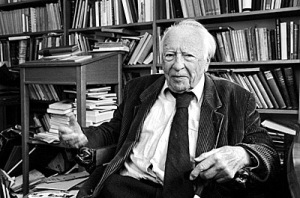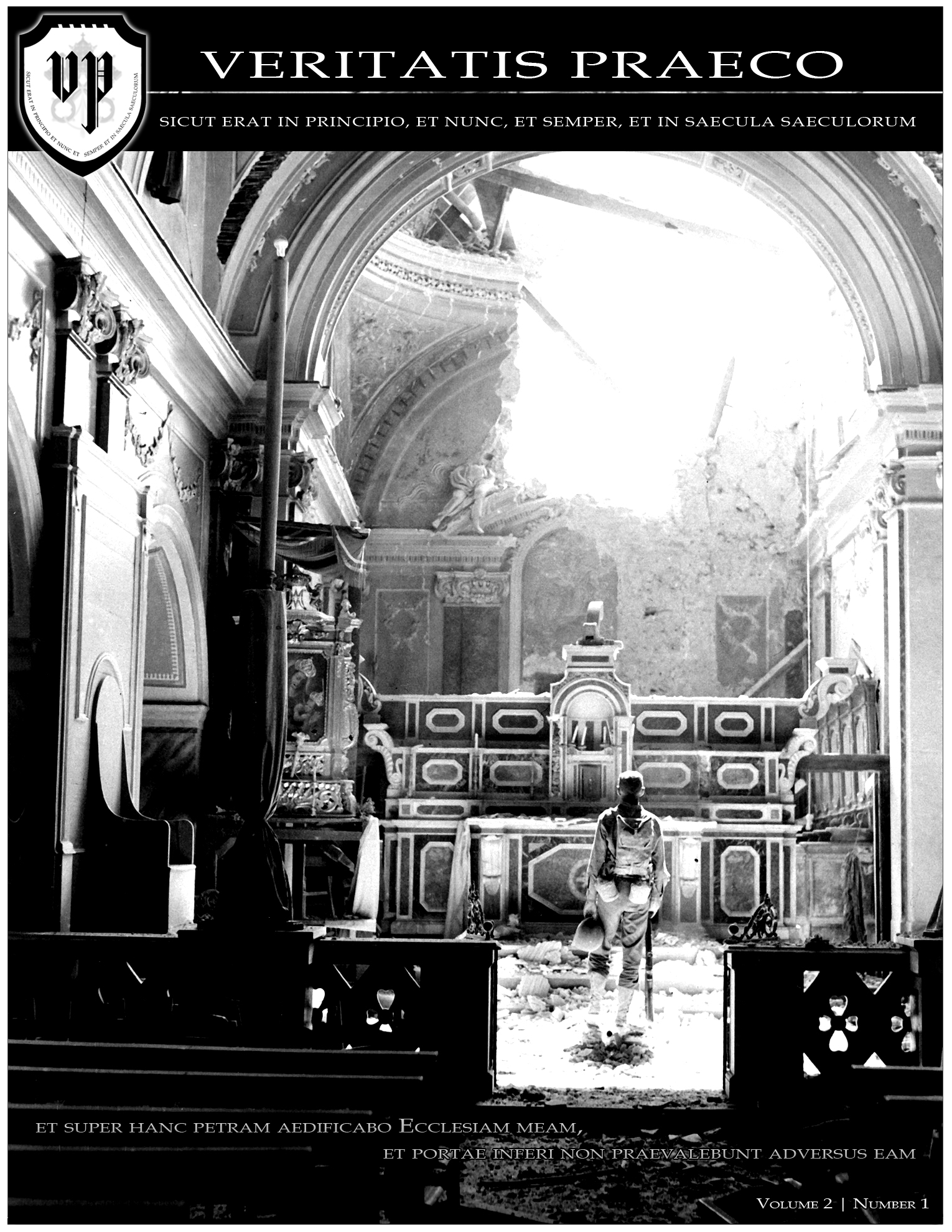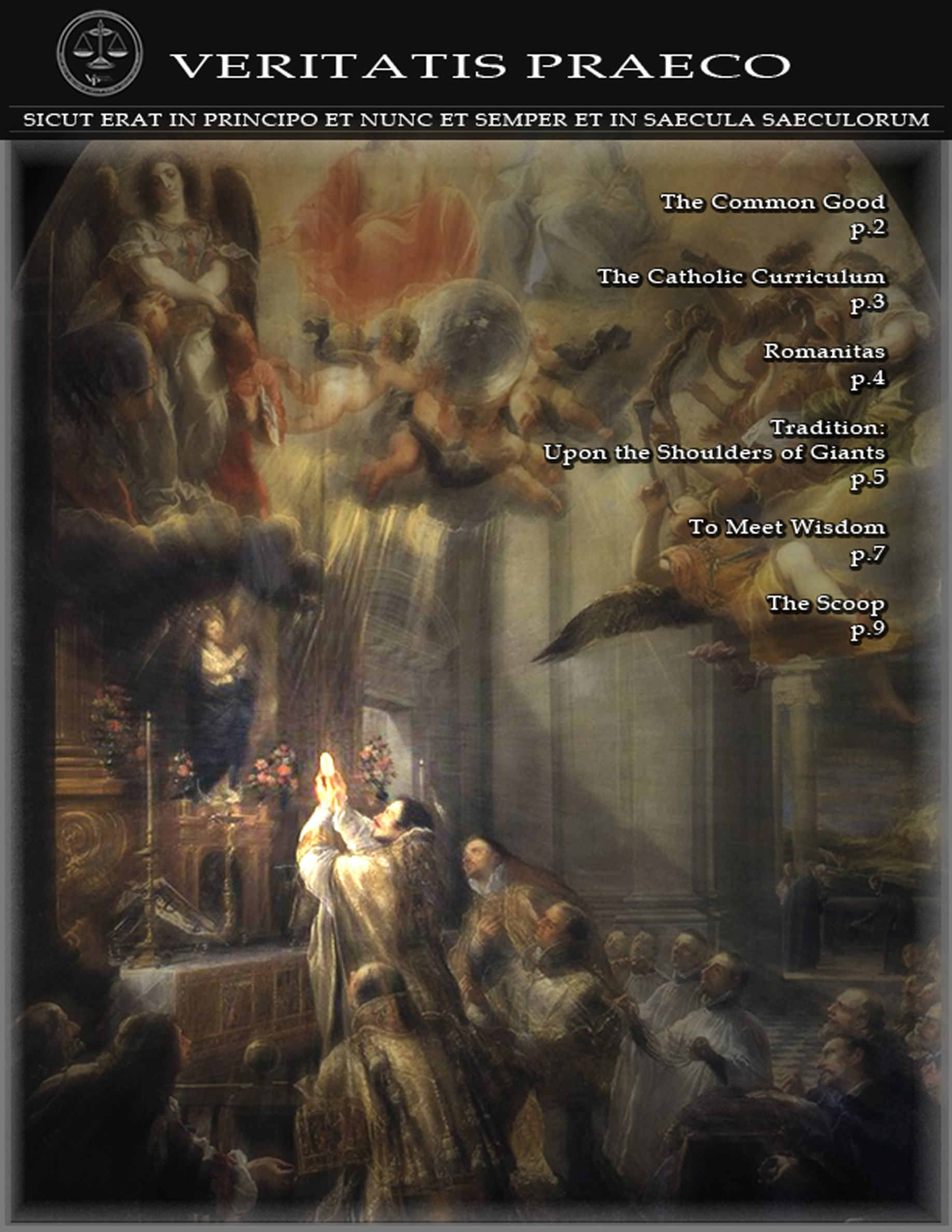Archive
Hermeneutics and Continuity
Every good, internet-loving Catholic has almost certainly heard the phrase, coined beautifully by His Holiness Benedict XVI, the “hermeneutic of continuity.” Though the phrase was widely reported, used, and even admired, to a lot of people, the word “hermeneutic” was very unfamiliar when first brought forth by the Pope, on December 22, 2005. The concept of hermeneutics is not the easiest to discern; and unfortunately, that led to many people simply taking it as commonly defined: a method of interpretation. This definition is not incorrect, but can be a misleading oversimplification. On the one hand, such confusion is unavoidable. Contemporary technology allows just about anything, particularly things said by famous people, to be acquired by anyone, while simultaneously not requiring them to obtain the context or learning by which such things may be understood: a double-edged sword. On the other hand, to simply label the concept “difficult” and leave it on the top shelf is very avoidable, and ought to be avoided. Most people do not have the time to read all of the relevant, important philosophical writing which discusses and deals with hermeneutics, nor the antecedent works of epistemology, metaphysics, and phenomenology. Thus this article humbly hopes to clarify the concept of hermeneutics, and what is meant by the phrase – which may perhaps define Benedict XVI’s papacy – “the hermeneutic of continuity.”

Pope Benedict XVI's phrase "the hermeneutic of continuity" has brought hermeneutics to the public interest.
Etymologically, “hermeneutic” is rather vaguely grounded. The first clear philosophical usage of the rough Greek equivalent, hermeneuo is found in Aristotle’s Peri Hermeneias, translated as “On Interpretation.” Aristotle’s work deals with the relationships between words, particularly written, their authors, and those who heard or read them. This focus on language, especially as written, has traditionally been the primary focus of hermeneutics, despite later innovations which include other realms of human activity. Language and its constituent parts are and always have been central to the human experience; never does an adult man, brought up in the company of other men, pass through a whole day without some sort of linguistic interaction, be it speaking, reading, writing or listening, even if such activities are not manifested externally to the man’s own thoughts. But if taken simply as an everyday sort of experience, the greater signification of words and all of the larger bodies formed out of them becomes glossed over and hidden. Even the meanings of individual words can become lost, if made too common and not considered for their individual significance. This banal obfuscation of language is contrary to the goal of hermeneutics: namely, to find the truth of a text by understanding the significance, the meaning, of what it says. Ultimately, this truth points to something transcendent of the human experience, which ought to be kept in mind although it is not being addressed yet; first, it remains to be discussed how hermeneutics helps to find the truth which is immanent to the human experience.
Oftentimes, truth, as experienced by humanity, is divided into two modes of being: ontological truth, as that which is in the object itself, and logical truth, by which a proposition (“X is/is not Y”) shows the active truthfulness of some particular object. These are somewhat rigid categories, and neither one individually nor both combined gives a terribly accurate explanation of truth itself. Nonetheless, they can be helpful in understanding how hermeneutics help an individual to see the truth in a text. To generalize, there are two main errors which one may make in the interpretation of a text: one, to see the meaning as solely in the intent of the author and thus solely determined; and two, to see the meaning as determined entirely by the reader, either individually or amongst the totality of the readership. The former error turns a text into a calcified ideal of the author; the latter erases the author and thus turns a text into nothing more than a vessel for relativistic projection. Both are rejections of the mode of being of human individuals, for however a reader interprets a text, his interpretation necessarily draws out of the text itself; and however an author intends his work to be read, language can never become singularly denotative except by the most rigid and unnatural impositions of the scientific method. So where then, it is asked, is the meaning of a text?

Hans-Georg Gadamer's magnum opus Truth and Method remains the most important work on hermeneutics today.
In order to answer this question, what a “text” actually is must first be understood. Some would say that it is the physical presentation of the words in a legible format, which is a part of it, but an accidental one; the particular physical composition of the words can come in all manner of different shapes, sizes, and languages. Nor is a text essentially found in the vocalized representation, for the same reasons as with the written word. To reiterate, it is in neither the mind of the reader nor the author. Rather, a text exists in the signification which is formed by the totality of its parts; namely, words. This signification of the totality can be discerned by what is called “the hermeneutic circle.” A reader’s employment of the hermeneutic circle, rightly considered (by some) to be the grounding of all hermeneutics, attempts to understand a text both by reference of the individual parts to the whole and of the whole to each individual part. Ultimately, however, the circle is not limited to a text alone; for while it may be applied, and ought to be, to an individual work, it also applies to larger contexts. For instance, literary hermeneutics cannot properly interpret an individual work without some reference to literary tradition as a whole; the conventions and history of literature, though not necessary to the proper reading of every work of literature, are nonetheless greatly beneficial to the reader’s perception of the total signification of some works.
Thus, it can be seen that the meaning of a text is found at a nexus-point of parts and wholes; for while the whole of the signification of every work is present within the work itself, sometimes the parts of this whole have not been “actualized” for the readership which attempts interpretation of the work. As examples, the social critics of the early 20th century, such as G.K. Chesterton, oftentimes said things that are more “true” today than they were in the time they were written, and as such, the meaning of their profound words becomes clearer, like a picture that can be continually unfolded. Because there are individuals whose range of thought interacts with that of other persons and with texts, the total signification of a text, though completely contained in possibility, can be “actualized,” clarified, articulated by the reader when his range of thoughts meets that which is within the text itself, and that interpretation of the text which has existed intersubjectively amongst its previous readers. In other words, to simplify this explanation, the meaning of a text exists between the author, the reader, the text itself, the intersubjective interpretation of the text, and the literary tradition in which the text exists. The first three are of primary importance in the discernment of the signification.
Pope Benedict XVI’s usage of the term “hermeneutic of continuity,” as applied to the Second Vatican Council, is an excellent example of hermeneutic inquiry and reading…
(The rest of this article will appear in the September 2009 issue of Veritatis Praeco and will be posted online a month after release in the print edition).








